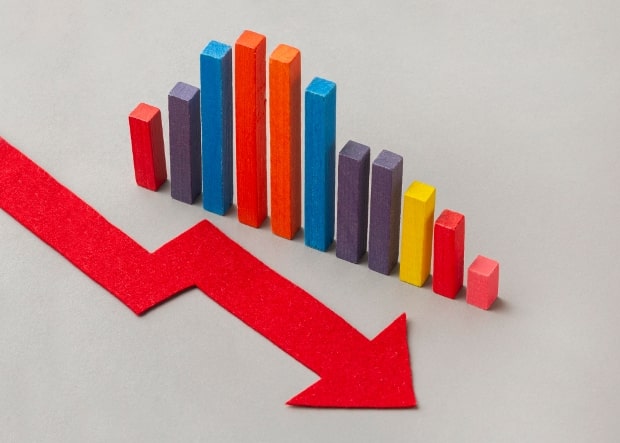Navigating Economic Turbulence: Strategies for Building Resilience

In the face of economic uncertainty, building resilience is not just a desirable trait; it’s a necessity. The ability to adapt, persevere, and thrive despite challenging circumstances can mean the difference between success and stagnation. Whether you’re a business owner, an employee, or an individual navigating your finances, here are some strategies to fortify your resilience in times of economic instability.
Understanding Economic Uncertainty
Economic uncertainty can stem from various factors, including market volatility, political instability, or global crises like pandemics. The unpredictability of these circumstances can make planning and decision-making challenging, leading to anxiety and stress for individuals and businesses alike.
Cultivating a Resilient Mindset
Resilience begins with the mind. Cultivating a resilient mindset involves reframing challenges as opportunities for growth, maintaining optimism in the face of setbacks, and developing a willingness to adapt to changing circumstances. By focusing on solutions rather than dwelling on problems, individuals can build mental fortitude to weather economic storms.
Diversifying Income Streams
Relying on a single source of income leaves individuals vulnerable to financial shocks. Diversifying income streams can provide a safety net during economic downturns. Side hustles, freelance work, or passive income streams such as investments or rental properties can supplement primary earnings and provide stability in turbulent times.
Building Emergency Funds
Financial experts often recommend having an emergency fund equivalent to three to six months’ worth of living expenses. This reserve can serve as a buffer in case of job loss, unexpected medical expenses, or other financial emergencies. Building an emergency fund requires discipline and prioritizing saving, but it provides peace of mind and financial security during uncertain times.
Reducing Debt and Managing Expenses
High levels of debt can exacerbate financial stress during economic downturns. Prioritize paying off high-interest debts and avoid taking on new debt whenever possible. Additionally, scrutinize expenses and identify areas where you can cut back. Creating a budget and sticking to it can help manage cash flow and build financial resilience.
Investing in Skills and Education
Investing in continuous learning and skill development enhances employability and adaptability in a rapidly evolving job market. Acquiring new skills or certifications can open up opportunities for career advancement or transition into more recession-proof industries. Lifelong learning not only boosts resilience but also fosters personal and professional growth.
Strengthening Professional Networks
Networking is a valuable asset in times of economic uncertainty. Cultivating professional relationships within your industry or field can provide support, guidance, and potential job opportunities. Stay connected through networking events, industry conferences, or online platforms like LinkedIn. Building a strong professional network can offer a sense of community and resilience during challenging times.
Maintaining Health and Wellness
Physical and mental well-being are essential components of resilience. Prioritize self-care practices such as regular exercise, adequate sleep, and stress management techniques. A healthy lifestyle enhances cognitive function, emotional resilience, and overall productivity, enabling individuals to navigate economic challenges more effectively.
Conclusion: Building Resilience Amidst Uncertainty
In an ever-changing economic landscape, resilience is a valuable asset that empowers individuals to adapt, thrive, and persevere. By cultivating a resilient mindset, diversifying income streams, managing finances wisely, investing in skills, nurturing professional networks, and prioritizing health and wellness, individuals can build a solid foundation to withstand economic turbulence and emerge stronger on the other side.
